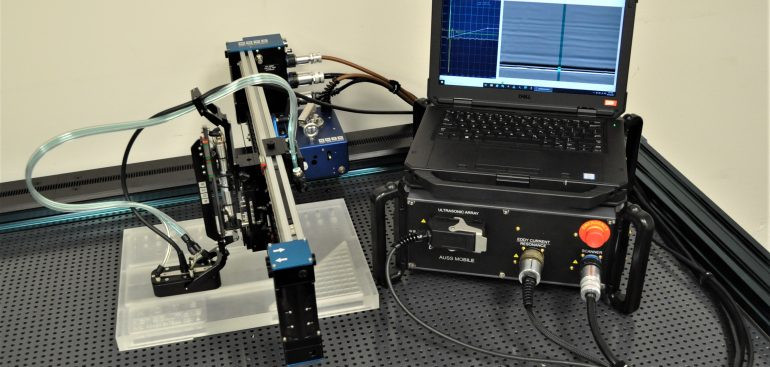Calibration of NDT Equipment: Procedures and Recommended Practices
Florence, United States - May 14, 2024 / Newco /
Non-Destructive Testing (NDT) equipment is crucial for ensuring the safety and integrity of materials and structures without causing any damage. Calibration of NDT equipment is a vital procedure that must be conducted regularly to ensure accuracy and reliability in testing results. This article delves into the process of NDT equipment calibration, the steps involved in professional calibration, and how to develop an effective calibration schedule, along with the best practices to follow.
Understanding NDT Equipment Calibration
Calibration refers to the process of configuring the NDT equipment to provide a standard set of results under specified conditions. It is essential for maintaining the precision of the measurements that the equipment provides. Regular calibration helps in detecting any discrepancies in the equipment’s functionality before they can lead to major errors in data interpretation.
Importance of Regular Calibration
Regular calibration of NDT equipment is not just a regulatory requirement; it's a crucial component of quality assurance. It ensures that the equipment can be trusted for its accuracy and consistency, which is critical in industries where safety is paramount.
Steps Involved in Professional NDT Calibration
Initial Assessment
Before starting the calibration process, a thorough assessment of the equipment is necessary. This includes checking the current calibration status, reviewing the last calibration report, and understanding the operational history of the equipment.
Standardization
The equipment is then adjusted according to a known standard. Calibration standards are critical as they define the set of parameters against which the equipment is measured.
Verification
After calibration, it's essential to perform a series of tests to verify that the equipment operates as expected. This may involve the use of test pieces with known characteristics.
Documentation
Every calibration process should be well-documented. This documentation should include details of the procedure followed, who performed the calibration, and the results of the verification process.
Developing an Effective Calibration Schedule
Frequency of Calibration
The frequency of calibration depends on various factors such as the type of equipment, its usage, and the operational environment. High-frequency usage or operation in harsh environments might necessitate more frequent calibrations.
Calibration Protocols
It’s important to develop standardized calibration protocols that are specific to each piece of equipment and its application. This ensures consistency and reliability in the calibration process.
Record Keeping
Maintaining accurate records of all calibration activities is essential. These records help in tracking the performance of the equipment over time and planning future calibrations.
Best Practices in NDT Equipment Calibration
Use of Certified Standards
Always use standards that are traceable to national or international standards. This traceability ensures the legitimacy of the calibration.
Skilled Technicians
Ensure that individuals performing the calibration are trained and competent. Skilled technicians can significantly influence the accuracy of the calibration.
Regular Reviews
Regularly review and update calibration procedures to incorporate new standards, improvements in technology, and feedback from calibration records.
Preventive Maintenance
Integrate calibration with regular maintenance schedules to address any potential issues before they lead to equipment failure.
Conclusion
Calibration of NDT equipment is a fundamental practice that ensures the accuracy and reliability of the equipment, which in turn, ensures the safety and integrity of the materials and structures tested. Following the best practices and maintaining a regular calibration schedule are imperative to achieve optimal results.
FAQs After Conclusion
Q1: How often should NDT equipment be calibrated? A1: The frequency of calibration depends on the equipment type, usage rate, and environmental conditions. Generally, it's recommended to calibrate equipment annually, but more frequent calibration may be necessary for high-usage or critical equipment.
Q2: Who should perform the calibration of NDT equipment? A2: Calibration should be performed by skilled technicians who are trained and competent in both the use of the equipment and the calibration process.
Q3: What are the consequences of not calibrating NDT equipment regularly? A3: Neglecting regular calibration can lead to inaccuracies in test results, which might compromise the safety and integrity of the tested materials and structures.
Q4: Is there a difference between calibration and verification? A4: Yes, calibration adjusts the equipment to ensure it meets a known standard, whereas verification checks that the equipment reads accurately post-calibration.
Q5: How important is documentation in the calibration process? A5: Documentation is critical as it provides a record of the calibration process, helps in maintaining consistency, and is essential for quality control audits.

Contact Information:
Newco
121 Aberdeen Dr
Florence, SC 29501
United States
Josh Beavers
https://www.newcoinc.com/
Original Source: https://www.newcoinc.com/media-room/#/media-room

